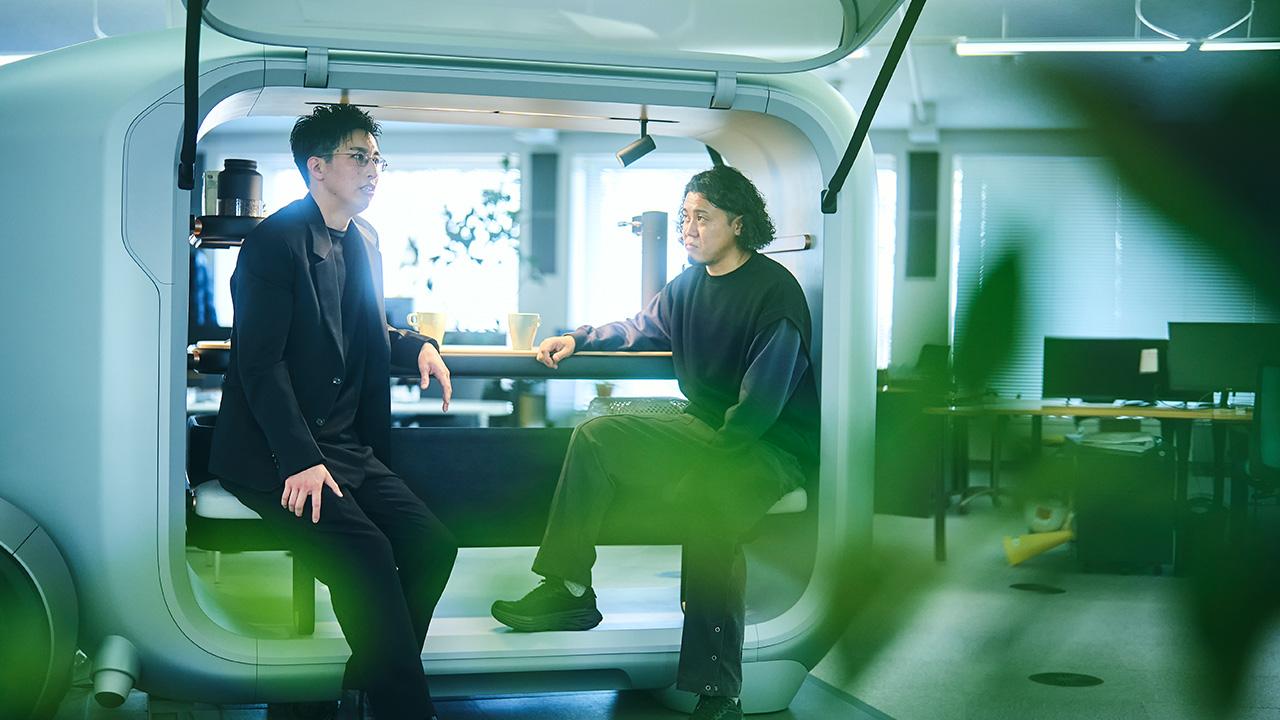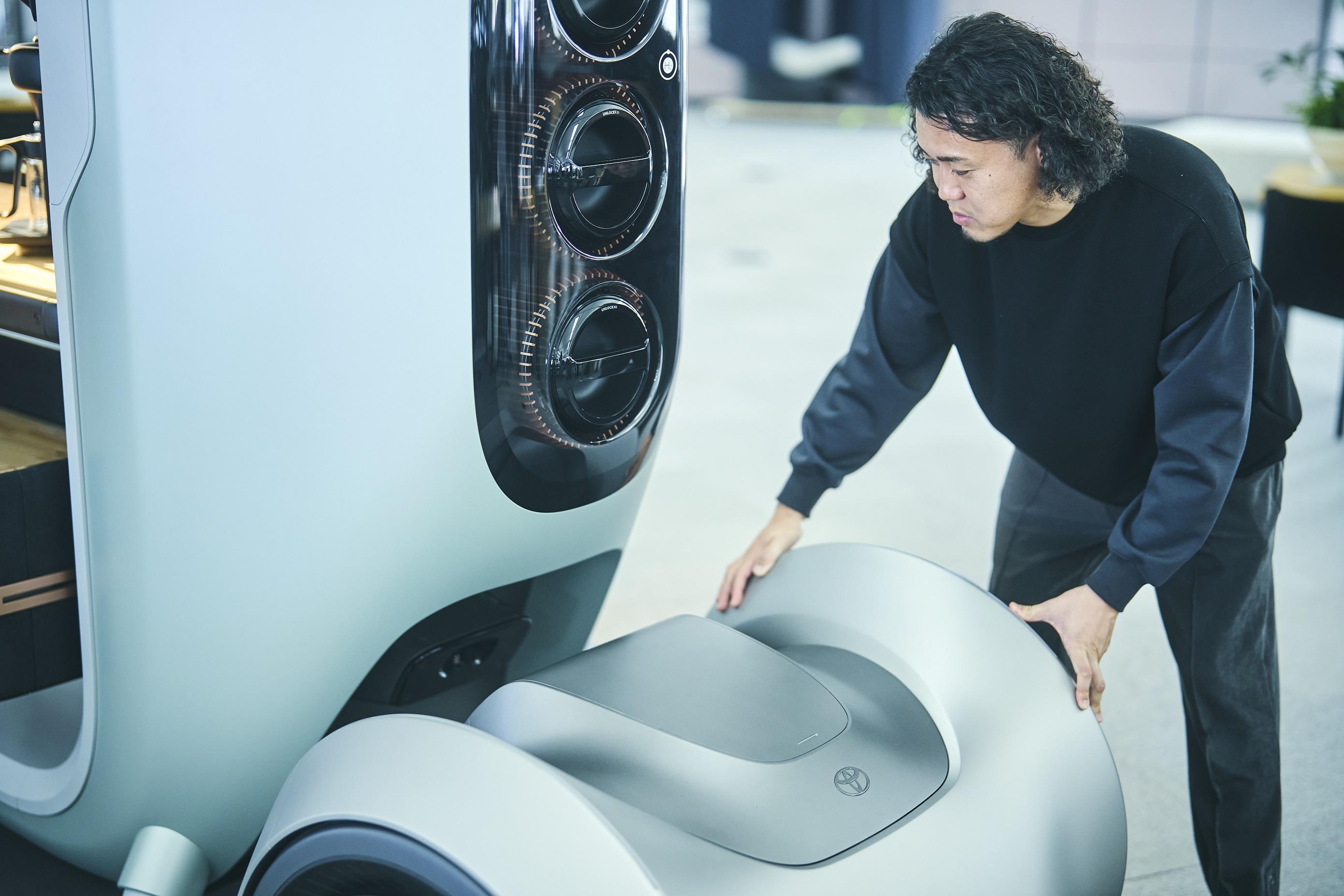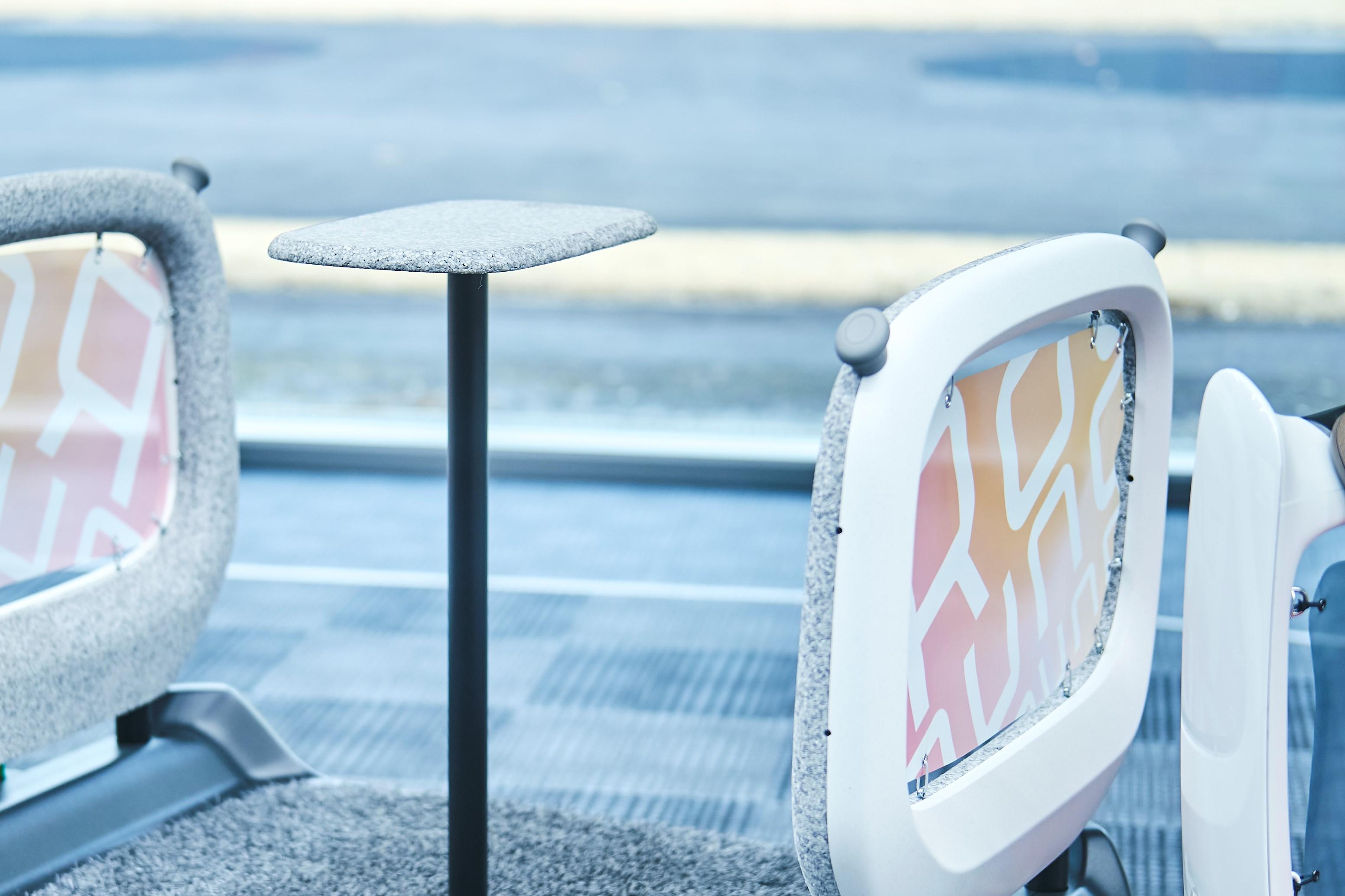
Even within Toyota, few people know about the Hachioji design base. Located at the end of an uphill road, this facility houses astonishing next-generation products.
First reveal: Toyota's spotted garden eel-inspired creation
What exactly is this spotted garden eel-like device created by Toyota? Watch the video to find out.
When lightly touched, it quickly retreats. Somehow, we can't help but sense intention in these irregular movements. Though it may initially seem puzzling why they bothered to make such a thing, it is, in fact, one of the many attempts to explore how technology can better connect with our emotions and sensibilities.
There are also other robots, such as one that responds to human gaze and tries to make eye contact and another that appears endearingly vulnerable, evoking a desire to help.

As a company that values hands-on manufacturing and genchi genbutsu, one of the key principles of Toyota Production System (TPS), Toyota takes it upon itself to create products, focusing on fostering a pleasant relationship between people and mobility. This continuous investigation and refinement process never ends.
A detachable, mobile café
While exploring the relationship between people and mobility, they are also considering a range of e-Palette-derived products for various purposes, including next-generation transportation, logistics, and sales.
Upon visiting the design room where one such example was displayed, we found a mobility device transformed into a café at the center of the floor.

Nishimura
This is a concept model for a mobility device named Bridge-Palette, designed to complement the e-Palette. Our goal was to create a mobility solution that, like a festival food stall, can change the character of the surrounding space and enhance its value.
Although it is still a mock-up at this stage, the interior can be freely arranged, and the drive unit and body can be detached. Takuya Watabe, also an Assistant Manager in the Advanced Design Development Department like Nishimura, elaborated further.
Watabe
Even when detached from the drive unit, the body can generate electricity using hydrogen fuel.

Once the mobility device autonomously drives to its destination, the drive unit can detach and moves to another location. The concept revolves around activating different bodies in various locations, successively delivering value to each place.
Behind this idea is the Toyota Production System (TPS) approach of providing what is needed, when it is needed, and only in the amount needed.
Still, why a coffee stand? In response to that question, Nishimura laughed and responded, "Ah, well, I’m a coffee lover myself." He also explained that the hydrogen tank’s design, which allows the action of easily replacing it as a cartridge, was intended to create a sense of excitement.

Slow mobility in the time-performance era?
Afterward, they showed us another mobility device called the Round-Palette.
In this age where time performance is so prized it has become a buzzword, this mobility device deliberately moves at a slow pace of 2-3 km/h (1.2-1.8 mph).

Watabe
Until now, the value of mobility has been focused on how quickly and comfortably one can move. However, by embracing slow movement, new experiences may be unlocked.
Demonstrations have already been conducted at concerts with famous performers and MVP interviews for the basketball B-League team, Alvark Tokyo. The floor was designed to be low for easy boarding, but for music concerts, they also received requests to elevate the floor so it can be seen from a distance.
Watabe
We discovered that having small protrusion on the corners makes it easier to support oneself while standing, a realization that came from actually using the mobility device.

The role of design in emerging fields goes beyond merely considering form. In today's design process, understanding the mechanisms of services and business operations after products reach customers is essential. As a result, the range of factors to consider has expanded significantly.
Genchi genbutsu and human-centered—all while keeping the profitability of the business in mind. Both assistant managers smile as they share their newfound appreciation for the challenges and excitement of design.
Prioritizing people's happiness in the product development process over marketing, Nishimura shares that what they are doing is akin to “planting seeds.” After the interview, he promptly returned to the design site.
At first glance, the advanced design site appears enchanting. However, hidden beneath this allure is the tenacious and inspiring commitment of the designers.

